We acknowledge the Gunnaikurnai People, the Traditional Owners of the land on which we gather, and pay our respects to their Elders both past and present.
When you arrive at Buchan Caves Reserve, it’s hard to believe that beneath this green and tree-lined valley lies a spectacular world of intricate caves, stalactites, and stalagmites.
But on a recent visit with family back in December 2020, our cave guide Helen tells us that the Royal Cave and Fairy Cave in Buchan have been around for hundreds of thousands of years, formed in rock that is about 380 million years old.
A visit to these hidden natural wonders will leave you feeling like you’ve been to another world. After the steep decline into the Royal Cave, we found ourselves in a fascinating underground network surrounded by stalactites, stalagmites, glittering limestone, and beautiful calcite-rimmed pools.
The guide’s detailed knowledge was impressive as he pointed out interesting features and explained how they were formed along the way. We learn that the caves were created by underground rivers cutting through limestone rock. The ‘decorations’ develop when rainwater seeps through cracks and dissolves some of the limestones. As droplets come through the roof, they deposit calcite, which crystallizes in a small ring. In time, stalactites are formed on the roof of the cave, and stalagmites build up from droplets, which fall to the floor.
It is a fantastic place to visit, whether you’re above or below the ground. In the reserve, you can enjoy having a picnic or BBQ, kids can have fun in the playground, or you can explore the walking tracks that take you through the beautiful surrounding landscapes.
The reserve is a relaxing place to visit at any time of the year. The caves’ mild constant temperature of 15Celsius offers a cool reprieve in summer and a fun place to go on rainy days.
Features of the Buchan Caves Reserve
The Buchan Caves Reserve features picnic spots, camping ground, walking tracks, and a variety of flora and fauna, including koalas, over forty species of birds, kangaroos, and currawongs.
There are tours of Fairy Cave and Royal Cave at the reserve and a visitors' interpretation center.
Fairy Cave (it was reopened in December 2021) is 400 meters long, has the usual collection of quaintly named features including the King’s Chamber, the Queen Victoria Chamber, the Hall, the Jewel Chamber, the Grotto, the Bridal Chamber, and the limestone “Wedding Cake’ which is frosted with what resembles icing sugar. The cave was discovered by Europeans in 1907 and opened to the public the following year. The bones of kangaroos and a wombat the size of a horse have been found on the cave floor.
The other cave open to the public is the Royal Cave, which includes ‘Niagara Falls’ and the ‘Font of the Gods’. The calcium carbonate which forms the basis of the limestone formations in the area’s 350 or more caves derives from the skeletons of shellfish and coral which were deposited when the sea still covered southern Gippsland. The subterranean chambers and passages were carved out by the rainwater that trickles into the caves, forming spectacular stalactites and stalagmites which sometimes meet to form impressive pillars, or waterfall-like structures, due to the passage of the water over ledges. Red and brown colorations are caused by the presence of iron oxide while green shades are caused by copper. The caves are lighted artificially by electricity and have concrete steps and handrails. There is natural ventilation, and the temperature remains a steady 15 degrees Celsius.
An area renowned for its caves, limestone cliffs, and the Snowy River, Buchan has a rich history with fossils and bones of creatures found in the megafauna period some 10,000 years ago.
Back in December 2021 more than 8,500 tickets were sold, and 12,600 tickets in January 2022.
The guides have delivered 30 cave tours per day in the Royal and Fairy Caves with tours running every 15-minutes, starting from 9:15am to 3:45pm, and a late tour at 5:00pm.
How Buchan Limestone was formed
Almost 380 million years ago, when volcanic activity ceased, shallow seas came in and covered East Gippsland. These shallow seas were prolific in marine life which included corals, brachiopods, crinoids or sea lilies, and trilobites.
Most of these marine animals were invertebrates, the skeletons of which were composed of calcium carbonate. There was also an abundance of algae, and when these algae died, they released calcium carbonate as very fine-grained mud. Layers of skeletal material and calcite mud, thus over millions of years, formed the limestone as we know it today.
Limestone is a rock that contains more than 50% calcium carbonate, which is usually present as mineral calcite. Approximately 350 million years ago, during the upper Devonian Era, Southeastern Australia was subjected to a period of folding, in which the earth’s crust crumpled. The Great Dividing Range was pushed up out of the sea and exposed the Buchan area.
How caves are formed
Water tends to penetrate along lines of weakness. These lines are the Bedding Planes, which lie horizontally, and the Joint Lines, which are vertical. The weakest section of limestone is where these lines meet. Water seeps down through these weak sections and as it percolates through the rock and soils it picks up humic acid and more carbon dioxide. This dissolves the limestone as it moves down towards the water table.
The slow-moving water of the underground water table also dissolves limestone, thus forming caves.
As rivers cut their beds deeper into the landscape, the water table is lowered. This results in water-filled caves beneath the surface partially or completely draining. Thus, the Royal and Fairy show caves system evolved.
How Speleothems formed
Speleothems are cave decorations like straws, stalactites, stalagmites, and flowstone.
As the acidic water percolates through the soil and limestone it eventually emerges into an air-filled chamber. When this occurs the acidic water suddenly loses some of its dissolved carbon dioxides into the cave, allowing part of the limestone in solution to crystallize as calcite.
These calcite crystals build one upon another to form stalactites. Straws or Stalactites that are long and slender are the results of a rapid flow of water depositing calcium carbonate and the conical shape result when the central passage blocks and the water flows down the outside.
Helictites are irregular or branching forms of stalactites.
Stalagmites are usually found below stalactites. They are formed by water dripping to the floor and precipitating calcite builds upwards.
Columns are created when Stalactites and Stalagmites grow and meet.
The rate at which calcite formation in caves can grow is variable depending on factors like how fast the water is dripping. Surface rainfall that varies both seasonally and year by year control this in turn. When water trickles down a sloping roof or wall, often following a crack or joint line, vertical plates of calcite build downwards forming shawls or blankets.
Flowstone is a massive sheet-like deposit of calcite that often covers a large area of the cave wall and floor. It forms when thin films of water are over these areas.
Sometimes cauldron-like features are produced by pools when the rim grows inwards by deposition of calcium carbonate at the water edge.
The size of the calcite crystals and the presence of impurities determine the color of calcite formations. Small crystals tend to be white and the larger ones are generally yellow-brown. Tiny amounts of organic matter or iron oxide in the calcite cause yellow, orange, and brown colors. Manganese in calcite gives a darker, sometimes black color.
Other minerals like Aragonite and Gypsum, also form in caves but are much less common than calcite.
Things to do in Buchan Caves Reserve and surrounds
Aside from the famous Buchan Cave Reserve tours inside the Royal Cave and Fairy Cave, there are other amazing activities that you can enjoy and feed your soul.
Bushwalking
Buchan Caves Reserve boasts an impressive system of walking tracks. For short easy walks, all you need are sturdy shoes with good tread and comfortable clothing. For the longer and more demanding walks, a reasonable level of fitness, good boots, and plenty of water are recommended.
Wildlife attraction
The reserve is a refuge for wildlife with over 100 species of birds recorded, including King Parrots, White Winged Choughs, and Currawongs which can be seen around the camp area. Listen for the Bellbirds and Lyrebirds near the Fairy Cave entrance. Kangaroos are plentiful throughout the reserve. At night the campground comes alive with brush-tailed possums and the calls of boobook owls.
Picnicking
Buchan Caves is a great place for a family picnic. There are electric and woodfired barbecues to cook on and plenty of tables and shelters around the reserve. There is also a playground and a swimming pool which is fed from an underground stream.
Camping and accommodation
There is a range of accommodation options at Buchan Caves Reserve. Shared facilities include hot showers, toilets, a laundry, a camper’s kitchen, and electric and wood-fired barbecues.
The campground has 41 sites with power and additional 20 sites without power.
Cabins are available with a double bed and a bunk containing three single beds, shower and toilet facilities, and a kitchenette containing stovetop and microwave.
Luxurious accommodation is available called the Historic Cave House features rooms that accommodate up to 8 people with three bedrooms with queen size beds, an anteroom with two single beds, all linen supplied, fully furnished rooms throughout with heating and cooling options, beautiful covered front deck with river views, and outdoor barbeque and fire.
How to get there:
Buchan Caves Reserve is near the township of Buchan in East Gippsland, about 360km (five hours drive) east of Melbourne. The Reserve is 60 mins from Bairnsdale via Bruthen or 45 mins from Lakes Entrance via Nowa Nowa.
Cave Tour Ticket Prices:
Single cave tour (Royal or Fairy) - prices are in Australian dollars
Adult $23.70
Child $14.00
Senior $19.80 (concession ticket type)
Family (2 adults, 2 children 5 - 16 years) $65.70

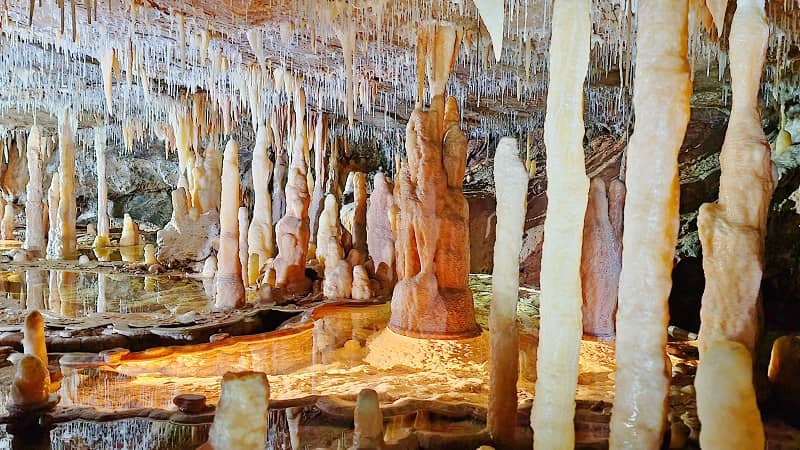
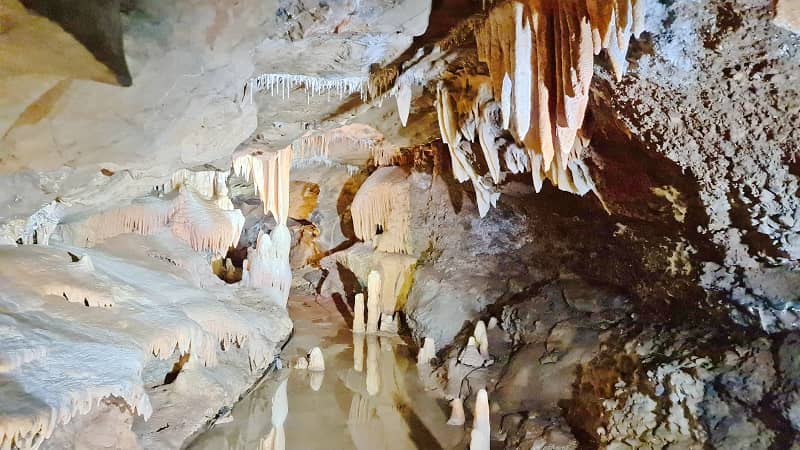
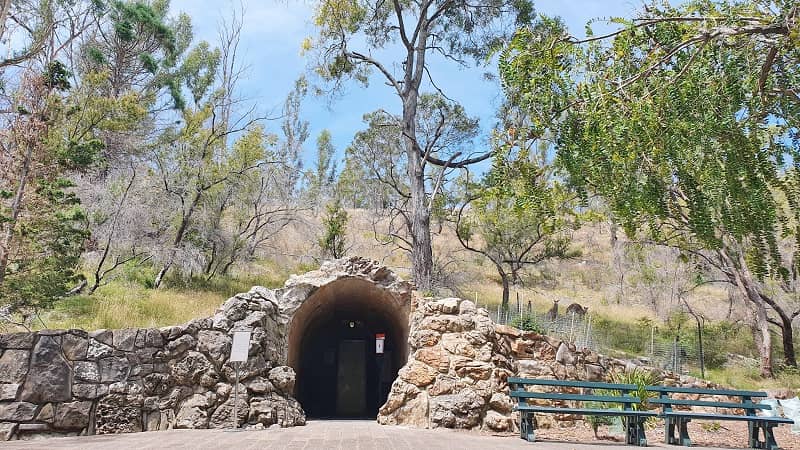
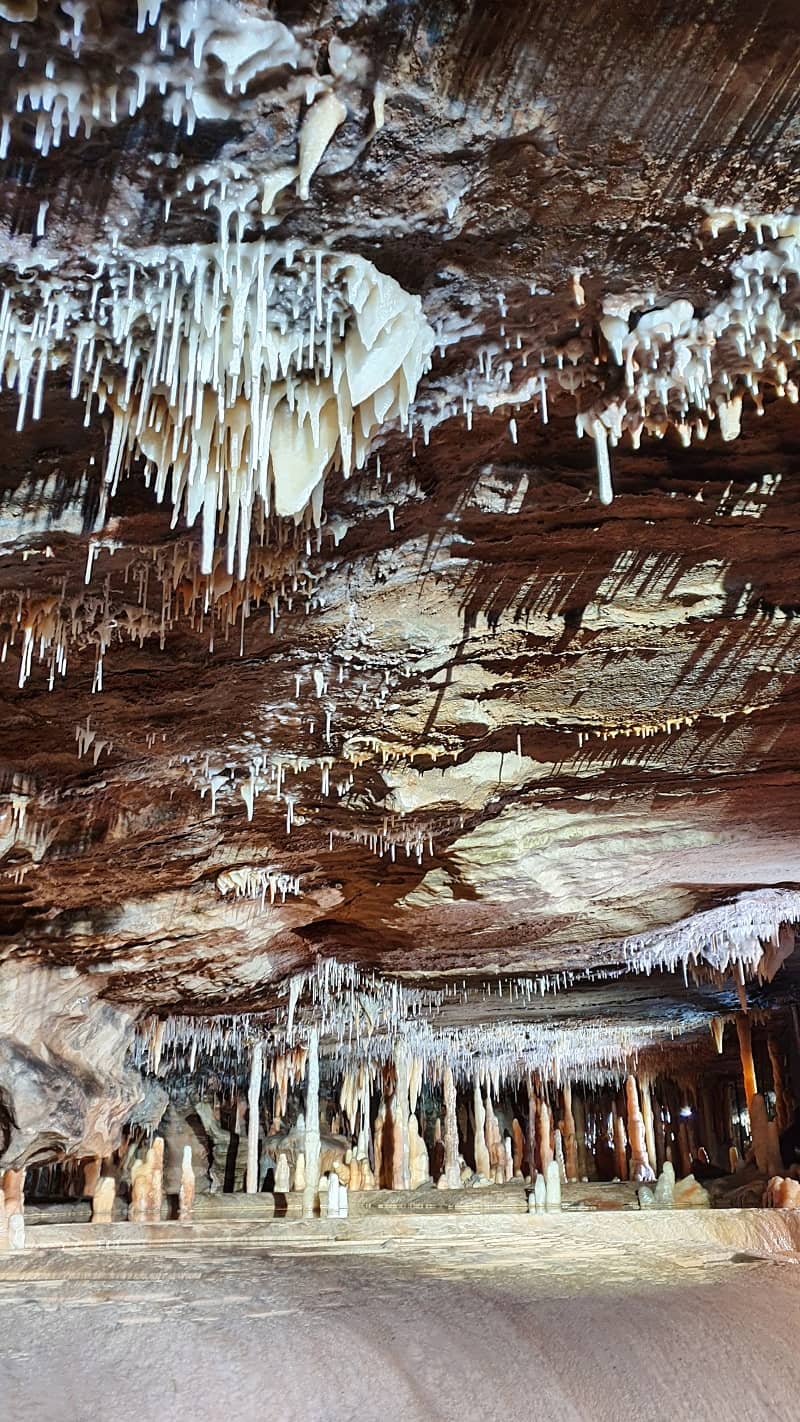



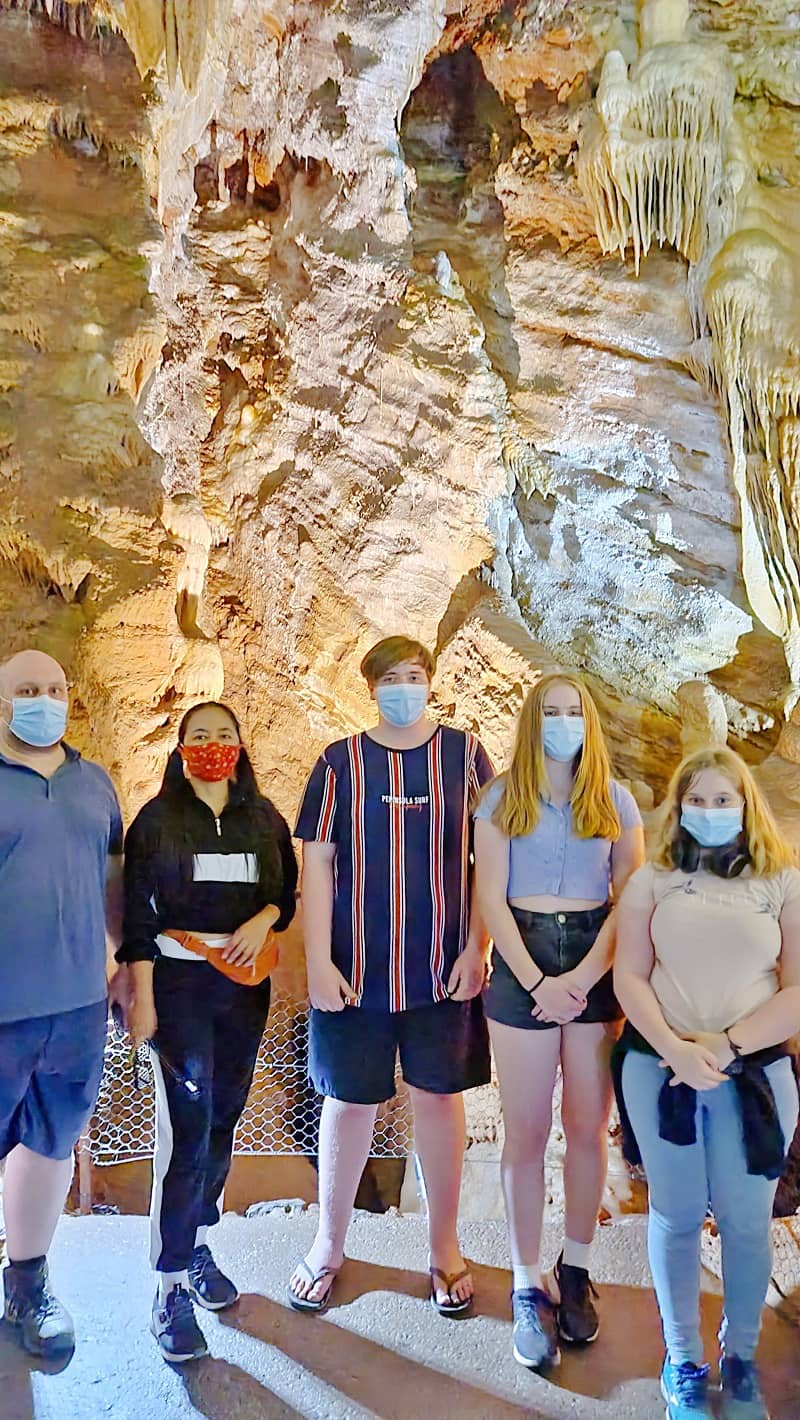

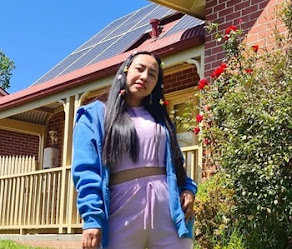
















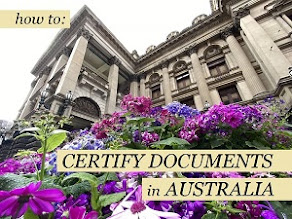
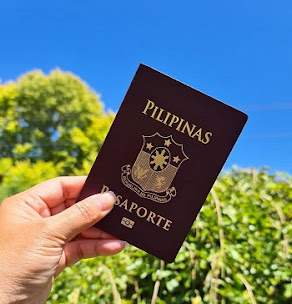





Remains of a wombat the size of a horse? YIKES! That is one scary big wombat. I got to do a cave tour in Barbados and enjoyed it very much. I will have to visit Buchan Caves someday.
ReplyDeleteTotally! I can't believe it at first. Just imagine if they still exist nowadays, that will be scary. So many giant animals that exist in Australia million of years ago.
DeleteThis is such a cave to explore and visit! Thank you for sharing your experience and I enjoyed looking at the pictures
ReplyDeleteI'm keen to explore as many old caves as possible.
DeleteSuch a great place and the fee is reasonable. I would love to visit the place.
ReplyDeleteA perfect attraction during the summer season!
Deletecaves are super special and always magical! I do enjoy visiting any of them in summer more because of the difference they provide in temperature
ReplyDeleteIt is indeed magical! I am keen to visit the famous crystal cave in NSW.
DeleteWow! I have a bit of thing for caves but these ones are truly breathtaking! I hope I get to visit and marvel at them one day.
ReplyDeleteYou will definitely enjoy it!
DeleteI would love to see that reserve in person. I've always been so fascinated by caves.
ReplyDeleteIt is amazing how the Parks Victoria maintained this cave very well.
DeleteI love visiting caves! The formations are so interesting, but it's a place to stay cool in the summer!
ReplyDeleteDefinitely!
DeleteI find caves a little mystical with history about it! Thanks for sharing photos on this one, loved it :)
ReplyDeleteI've always wanted to visit and know how these caves were formed. Thank you so much for sharing.
ReplyDeleteWow, Buchan Caves Reserve looks like an amazing adventure! I have heard of this place but never been to it.
ReplyDeleteOh wow, that is pretty amazing!!! I saw something like this years go but would love to go to see the caves and surrounding area. That would make a lovely trip for the family.
ReplyDeleteI would never get tired staring at these stalactites.
DeleteWhat a fun place! My kids would love to go and see this in person.
ReplyDeleteIt's cool to explore new places and I haven't been to this place before. I would love to check it out.
ReplyDeleteOoh the caves look interesting to visit! I'd like to go here someday with the family :)
ReplyDeleteThat sounds like a great place to visit sometime and look at those beautiful formations. Thanks for sharing this informative post with us.
ReplyDeleteIncredible! What a fun adventure. I have never been and now adding it to my list of places to visit.
ReplyDeleteI love visiting cave systems and learning about how everything is formed in them.
ReplyDeleteI've never visited a cave before but that place is looking quite amazing and look at those beautiful formations. Thanks for sharing this place with us and this informative post.
ReplyDelete